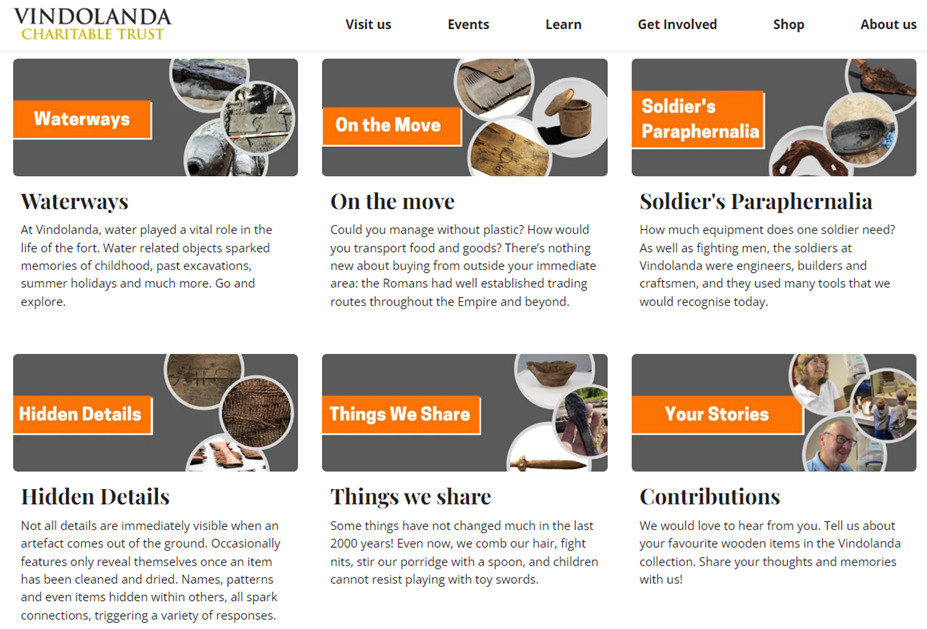As a PhD student who is in her final year and writing her thesis, it gets incredibly stressful. But there are few things that can help you relax and I had one such evening last week. I was asked if I could give a little talk in an event called Pint of Science. If you are not aware, Pint of Science is a science festival that takes place over 3 days in five hundred cities around the world where local researchers go to their local pubs and cafes and discuss their research with members of public over a glass of pint! And I think it is one of the best ways to talk about your research.
So, on 24th May around 5:30 in the evening, all of us presenting gathered in a café closer to the Uni, Off the Ground where Rhys and Helen had organised the event. We started presentations a little after 6 p.m. The theme for the evening was ‘Microscopic Missions’ and I was supposed to go first. But my husband, Jack wanted to be there for the talk and because of his work, he was running late. Zoe, who is currently in 2nd year of her PhD very kindly agreed to go first and very wonderfully presented her topic about antimicrobial resistance where she talked about ‘superbugs’ and how they are a threat and can possibly cause the next pandemic. Luckily, Jack made it before my talk.
My topic was ‘A Secret Life of Dyes’ where I talked about ancient dyes and how they were important in different civilization. This was followed by, why it is important to study dyes as well as the difficulties that come with it and potential solutions. I also talked about any how different analytical methods especially the less-destructive ones are getting more importance and talked about how useful these methods are. I kept the talk light, without using heavy scientific words to make sure the audience is not lost or confused. I also explained chromatography and its principle with a lovely animation to explain HPLC and some of the audience came to me and said that my presentation was quite easy to follow. I was extremely pleased about this, as that’s what I was aiming for. Also, the presentation was full of colourful pictures which made it more interesting and attractive. Overall, the talk was received very well, and I got some very interesting questions about investigating dyes, which I was very happy to answer and discuss.
We then had a little break where the audience interacted with us, asking us questions and doubts, which was so amazing. The event ended with talk by Dom, who is a lecturer in microbiology. He gave a great talk about how radiations are used to understand microsporidia. He had these cool lasers to demonstrate reflections of green and red colours which all of us thought were remarkably interesting.
Overall, the event was a wonderful experience for all of us. Evenings or discussions like these should be organised more often as they help spread the information to people who are interested in these findings and topics regardless of how much background knowledge they have. It helps us as researchers as well to talk about our work in a less stressful environment and spread the knowledge. Here’s to more event like these!





